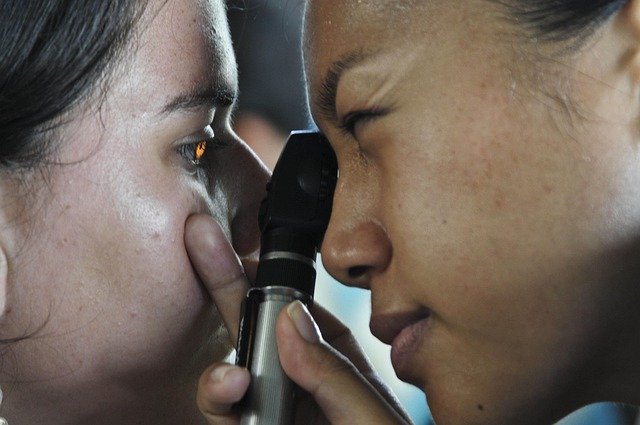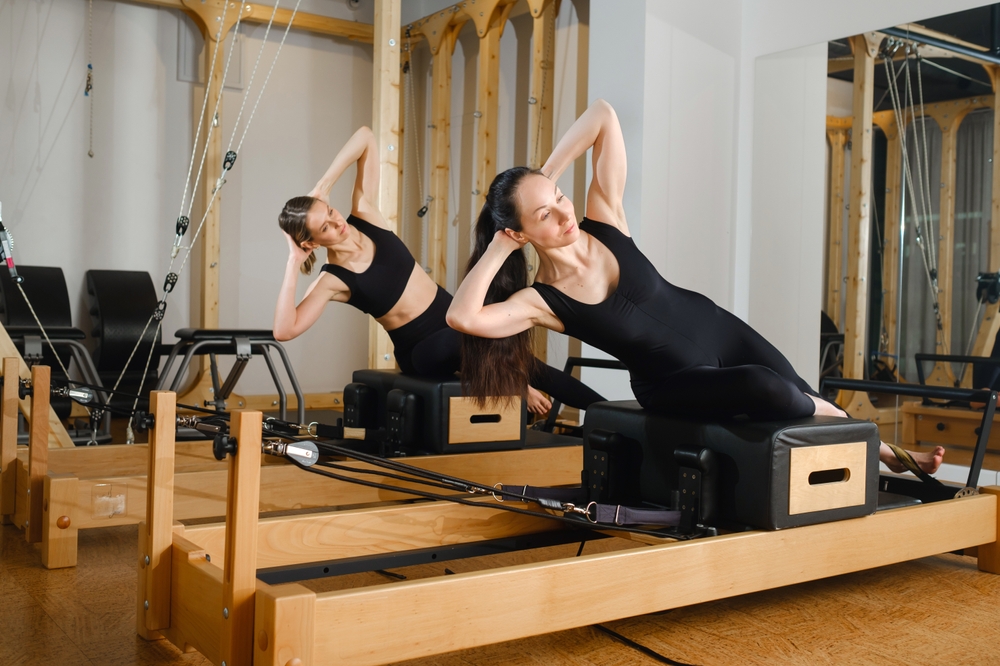Workplace and lighting strategies to minimize glare and visual haze
Blurred vision at work often stems from a combination of lighting issues, screen reflections, and underlying ocular conditions. This article provides practical workplace and lighting strategies to reduce glare and visual haze, improve comfort for people with photophobia or dryeye, and complement clinical approaches such as refraction checks, OCT imaging, and retina or glaucoma monitoring.

This article is for informational purposes only and should not be considered medical advice. Please consult a qualified healthcare professional for personalized guidance and treatment.
How can lighting affect sight and optics?
Lighting quality directly influences how the eye perceives contrast and edges; poor design can increase glare and create a veil of visual haze. Light sources with high luminance near the line of sight produce specular reflections that challenge the optics of the eye and any optical correction from refraction. Even minor mismatches in spectacle coatings or incorrect monitor brightness can degrade perceived clarity. Thoughtful balance between ambient, task, and accent lighting stabilizes contrast, supports retinal image quality, and reduces frequent squinting or postural strain.
What adjustments reduce glare and visual haze?
Practical adjustments include repositioning light sources, using indirect lighting, and controlling window daylight with adjustable shades. Anti-reflective coatings on lenses and matte finishes on screens reduce specular reflections. Monitor height and angle should minimize direct reflections; displays set slightly below eye level help. Use task lighting with adjustable intensity for close work, and consider warm, flicker-free luminaires to limit visual discomfort. Regular cleaning of screens and eyewear is also important—surface contamination scatters light and increases perceived haze.
How does photophobia relate to workplace lighting?
Photophobia is heightened sensitivity to light and can make normal office illumination uncomfortable. For affected individuals, diffuse lighting, lower contrast between luminance zones, and dimmable fixtures offer relief. Color temperature matters: neutral to slightly warm light often feels less harsh than cool blue-rich light. Screen filters and reduced display blue light settings may help some people, though evidence varies. Coordination with occupational adjustments—break schedules, frequent visual rest, and temporary modifications to monitor contrast—can reduce episodes of light-induced discomfort.
How do dry eye and ocular health impact visibility?
Surface irregularities from dry eye create scatter and unstable optics, producing transient blur and increased glare. Managing dryeye through environment changes—humidifiers, reduced direct airflow, and blinking reminders—can improve tear film stability and reduce haze. Underlying conditions such as glaucoma or retina disease change visual function differently; glaucoma often reduces peripheral awareness while retina issues can affect central clarity. Regular eye care including refraction updates and appropriate ocular surface treatments supports clearer vision in the workplace.
When should diagnosis (refraction, OCT, retina, neurology) be considered?
Persistent blur, fluctuation in clarity, or new photophobia warrants clinical assessment. Diagnosis may include refraction to update corrective lenses, OCT imaging to evaluate retina structure, and testing for glaucoma or other optic nerve conditions. Neurology referral is appropriate when visual disturbances are associated with headaches, double vision, or neurological symptoms. Prompt, accurate diagnosis guides workplace accommodations and rehabilitation planning so lighting and ergonomic changes complement medical treatment rather than mask progressive issues.
What role does rehabilitation play in sustained workplace vision?
Vision rehabilitation helps workers adapt when medical treatment or optics alone do not restore prior function. Strategies include magnification aids, contrast enhancement, modified workstations, and training to optimize remaining vision. Rehabilitation professionals consider lighting plans, assistive technologies, and task reallocation to reduce visual fatigue. Collaboration among employers, occupational health, and eye-care providers ensures that changes to lighting, monitor setups, and workflow respect both clinical recommendations and practical job requirements.
Conclusion
Minimizing glare and visual haze in the workplace combines ergonomic lighting design, individualized optical care, and attention to ocular health. Simple actions—adjusting luminaires, using diffuse task lighting, positioning screens, and addressing dry eye or photophobia—can produce measurable comfort improvements. When symptoms persist or evolve, clinical diagnosis using refraction, OCT, or neurology assessment informs appropriate medical and rehabilitation interventions. Integrating workplace strategies with professional care supports clearer sight and safer, more comfortable work environments.






